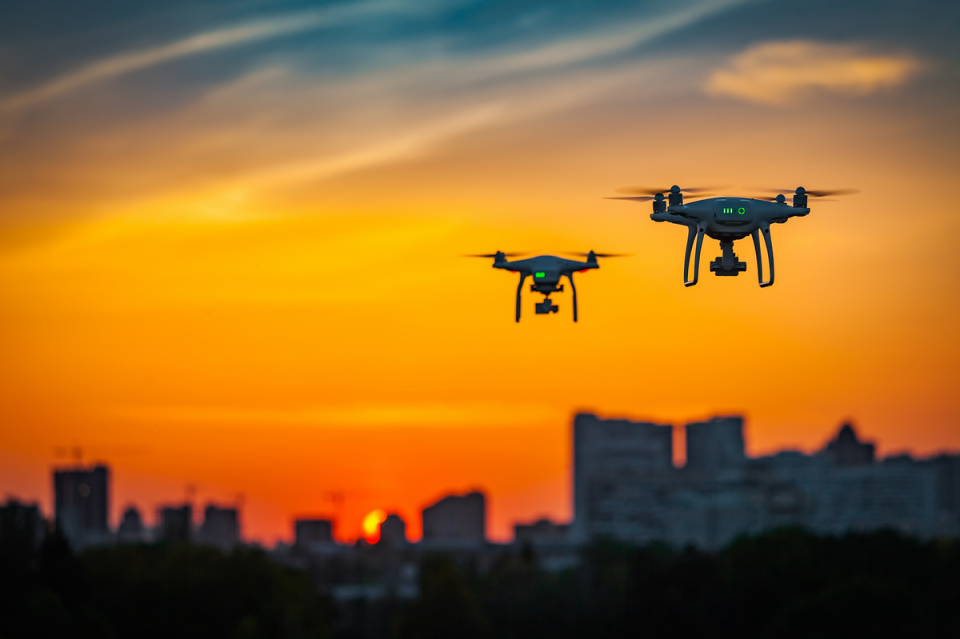Research company Gartner predicts that half of large industrial companies will be using digital twins to improve productivity by 2021. Digital twin technology is not a new concept—manufacturers have created 3D renderings of computer-aided design (CAD) models for years, for asset management and prototyping. However, the increasing availability and affordability of technologies such as Internet of Things (IoT) enabled devices, data interpretation software and bandwidth mean that more manufacturers can use digital twins to improve their processes.
Digital twins are virtual versions of a real object, which could be a building or network of buildings, a product or system or even a city. IoT sensors instantly transmit data from an object to the digital twin, giving manufacturers an accurate representation of the asset that will adapt depending on what happens on the factory floor.
Barriers
Cost is often a challenge for smaller manufacturers that want to digitalize their processes because most technologies, particularly digital twins, require an up-to-date IT infrastructure that not all facilities can afford. Regardless of the cost, all manufacturing businesses should learn about this emerging technology to prepare for when it disrupts the industry in the near future.
Smaller manufacturers should start small and scale up as they begin to see the advantages of the technology. For example, the business can implement a digital twin to monitor the performance of a single part in an asset, introduce more models of individual parts later, and then bring them together to build a twin that monitors an entire machine or system.
Collection
The information modeled in a digital twin could include condition data, such as pressure, temperature or vibration, operational status whether it’s online or offline and the device’s context, such as location in the facility and its relationship to other devices or systems.
Knowing the preferred outcome of using a digital twin will also help manufacturers to understand what other information to input into the system. For example, if the business wants to understand how to improve product quality and customer service, they can involve data from the sales and marketing team to simulate how a new product will create new opportunities.
“Sharing our likes and dislikes has become second nature and businesses do all they can for a good customer satisfaction rating. Combined with data-driven, hyper-personalized marketing and persuasive technologies, companies now have the power to really move customers: to directly read and influence their emotions and state of mind,” explains Thijs Pepping, trend analyst at Capgemini’s VINT, the Sogeti Research Institute for the Analysis of New Technology. “And the frontrunners are already creating psychological profiles and digital twins of their users.”
Including data about a machine, such as product details, technical specifications and warranty status can help manufacturers using a digital twin to improve maintenance. With this information and data about machine condition collected by the twin, engineers can tailor maintenance and repairs based on actual usage of the asset, instead of estimating when the asset requires maintenance based on its lifespan. An increased awareness of machine condition can also reduce unplanned downtime as plant managers can source a replacement before the machine breaks down.
Security
Manufacturers should prioritize cybersecurity when implementing a digital twin, because it will store valuable data that could be used to harm the business. Manufacturers should determine who will have access to the simulation, ensuring that only the necessary people can gain information or control of the asset. Considering cybersecurity during the design phase and clearly managing the type of information collected, where it is stored and who has access to it will reduce the risk of security breaches once the twin is implemented.
Digital twin technology can help a business to digitalize its processes and understand how asset management can improve maintenance, productivity, customer satisfaction and more. I suspect that Gartner might be underestimating the percentage of industrial companies using digital twins by 2021. For an industry brought up on CAD, it could easily become as much second nature as sharing our likes and dislikes.
Jonathan Wilkins is director at industrial automation parts supplier EU Automation.


